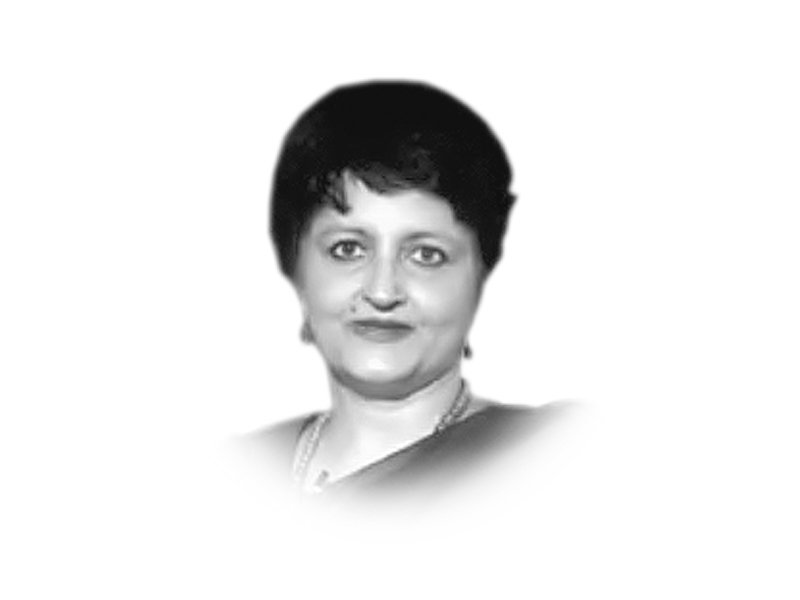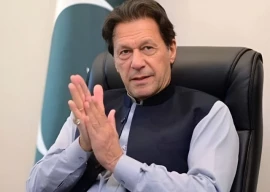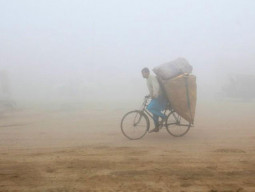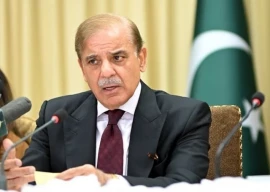
Strangely enough, while everyone knew that the elections were going to be declared for April –– this time stretching through nine phases into May –– none of the political parties seem to be in complete command. The full lists of candidates is yet to be announced, with even the so-called national parties like the BJP and the Congress groping for suitable people; new alignments are being set up and broken over seat adjustments with a great deal of fluidity visible insofar as political affiliations are concerned. And while Congress scion Rahul Gandhi and the BJP’s Narendra Modi did make a head start in their personal campaigns, their parties have still to catch up with the painstaking details of putting together the electoral infrastructure on the ground.
The wild card is the Aam Aadmi Party (AAP) whose leader Arvind Kejriwal has become the first politician of any consequence to ‘invade’ Modi’s home turf, namely Gujarat, since 2002. He is currently touring the state, preparing a report card on the development –– or rather otherwise –– of Gujarat, given the fact that the media, the BJP and interestingly enough at one point, the Union Planning Commission, had given a gold star to Modi on this front. As one is writing this, televisions are broadcasting images of Kejriwal and his convoy standing outside Modi’s residence in Gujarat asking for an appointment so that they can ask him pointed questions. Needless to say, Modi did not give the appointment, but Kejriwal achieved his purpose of confronting the BJPs prime ministerial candidate on his own mantra of development.
The AAP –– that has got many of the feminist outfits attacking it for the emphasis on the aadmi and the sheer neglect of the aurat–– has introduced the dramatic element into these elections, with Kejriwal being an unguided missile, capable of going anywhere and confronting anyone. He is a highly intelligent and shrewd player, and while his style might offend the educated elite, it does strike a chord with in his target audience of the lower-middle class –– the poor and the marginalised. The party is like a big potpourri of all kinds of members, and hence all kinds of opinions. On the one hand, the party dissociates itself from senior advocate Prashant Bhushan’s remarks about a referendum in Kashmir on the Armed Forces Special Powers Act (AFSPA), but on the other, offers a Lok Sabha ticket to Irom Sharmila, who has been on a permanent fast against the AFSPA.
The AAP has become a thorn in the side of both, the BJP and the Congress, with either unable to support it as they do not know when Kejriwal will turn on them. The scenes in VIP Delhi of direct confrontation between BJP and AAP workers convinced the minorities, for instance, that the AAP means business, and that this fight against the BJP is not ‘manufactured’ as was rumoured, but real.
It is not clear how much of this will translate into votes for the AAP. It started campaigning too late and does not have the candidates and more importantly, the organisation that is required to mop up. It is expected to fare well in Delhi and Haryana, and in some urban cities like Chandigarh and Bangalore. But the aim of this party is to get at least 35-40 seats so that it emerges as the third largest in parliament, thereby putting it in a position to influence the composition of the next government.
The outcome is difficult to predict as the campaigns have just about begun and the Indian audience is currently just watching without allowing its critical faculties to take over. Decisions are made towards the end and it is only then that the media and the pollsters might be able to predict the outcome with a little more certainty.
The Indian voters in villages hold the key, and the campaigns, as they intensify, will see all the political parties trying to wrest this from them, only to be forgotten for the next five years.
Published in The Express Tribune, March 8th, 2014.
Like Opinion & Editorial on Facebook, follow @ETOpEd on Twitter to receive all updates on all our daily pieces.
COMMENTS (11)
Comments are moderated and generally will be posted if they are on-topic and not abusive.
For more information, please see our Comments FAQ

1732569774-0/Baymax-(2)1732569774-0-165x106.webp)















@Mirza: Please do not go by Congress propaganda. The best governed states in the country are those governed by NDA(the BJP led coaliation). There have been 0 communal riots in any NDA led states in the past decade. BJP is asking for votes on the basis of its governance record. You will nt find reference o religious pandering in any of Modi's speeches.
Its too early even at this hour to predict a BJP win and a PM Modi. However, irrespective of who wins, Modi and BJP will be the ones who will set the agenda and drive the legislation. Whoever else forms the government will have a shelf life of about 18 months. We, the majority of Indians are proud of Modi and his achievement and want him in New Delhi running our nation. Sorry Seema, time for you to get your passport and visas ready.
Voting and electing anyone does not bring any change to the voters. Does it? What will bring change? Change will come when people will change their outlook and will work to organise to make their collective participation in their affairs, absolutely certain. So O' people do not expect any change, ever. No change will come , never. Not until everyone will organise to bring that change, peacefully, methodically, licitly and most important, upholding justice at all the times.
That gave the casual observer a much better picture of what's happening......thanks. Why do you say the outcome is difficult to predict ?.......it looks like a foregone conclusion that the BJP ( Modi ) will eventually get the numbers after he makes the adjustments to accommodate those necessary to reach the target.
The Indian messiah, the superman, Modi; The Pied Piper is leading the enthralled, mesmerized, hypnotized Indians closer and closer to a sectarian Bharat.
Kejriwal seems like another VP Singh to me. More interested in image and slogans than actually delivering good government.
"But the aim of this party is to get at least 35-40 seats so that it emerges as the third largest in parliament, thereby putting it in a position to influence the composition of the next government." If as the second largest party after BJP and a decimated Congress, AAP could not hold its own in Delhi, how does the author fantasize that as the third largest party it can influence either of the other two. Congress, even if it is in a position to imagine it can form the government somehow, would not touch AAP with a 10 foot pole, having experienced first hand what a loose cannon AAP is. And, AAP is sworn to make no compromises with a party that is always ready to compromise for the sake of power. Of course, there is visceral contempt for AAP in the BJP camp. AAP is an anarchist party which believes in destruction of all and reconstruction with a new start for which there is no appetite in India; it is a spent force.
AAP: McCarthyism in the subcontinent at its finest.